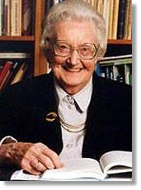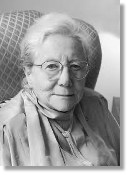
It's Movie Time...
“The Life of Cicely Saunders”
Please watch this short video on the life of Cicely Saunders.
Note: You will be taken away from the Hospice website to YouTube. When the video is complete please click the back arrow of your browser to return to the Hospice training module page. This video clip is 1:10 minutes in length.
Please watch this short video on the life of Cicely Saunders.
Note: You will be taken away from the Hospice website to YouTube. When the video is complete please click the back arrow of your browser to return to the Hospice training module page. This video clip is 1:10 minutes in length.











